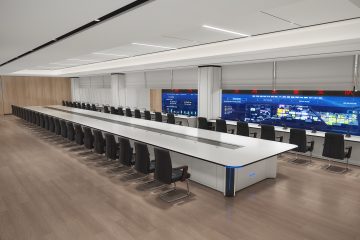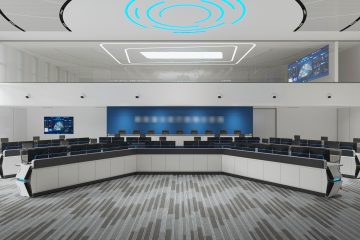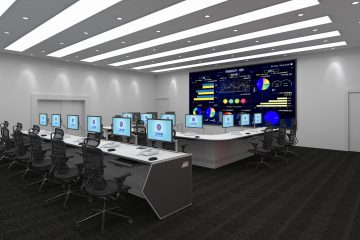In today’s technologically advanced world, workstation consoles and control room consoles are essential components in various industries. These consoles, while serving different purposes, are integral to enhancing productivity and operational efficiency. This article will provide a comprehensive overview of workstation consoles and control room consoles, their benefits, and the factors to consider when choosing the right console for your needs.
Introduction to Workstation Consoles
Definition and Features
A workstation console is a specialized computing station designed for individual users or small teams who require high-performance hardware and professional software. These consoles are commonly used for tasks that demand significant computational power, such as data analysis, graphic design, and engineering computations. Key features of workstation consoles include:
- High-Performance Hardware: Equipped with multi-core processors, large memory capacities, and high-end graphics processors.
- Professional Software Support: Compatible with specialized software for CAD, 3D modeling, video editing, and scientific calculations.
- Customizable Design: Ergonomically designed to enhance user comfort and efficiency.
Benefits of Workstation Consoles
Enhanced Ergonomics
One of the primary benefits of workstation consoles is their ergonomic design. These consoles are tailored to meet the user’s physical needs, reducing strain and discomfort during long hours of use. Ergonomic features such as adjustable monitor stands, keyboard trays, and supportive seating can significantly improve the user experience and productivity.
Improved Efficiency
Workstation consoles are engineered to handle complex tasks with ease. The high-performance hardware and specialized software enable users to work more efficiently, completing tasks faster and with greater precision. This improved efficiency is particularly beneficial in fields that require detailed design work, extensive data analysis, or intensive computational tasks.
Exploring Control Room Consoles
Definition and Features
Control room consoles are specialized workstations used for monitoring and managing large systems or facilities. They are designed to accommodate multiple operators who need to oversee complex operations in real-time. Key features of control room consoles include:
- Multi-Monitor Setup: Supports multiple screens to provide a comprehensive view of operations.
- Integrated Control Devices: Includes keyboards, mice, joysticks, and touch screens for seamless control.
- Durability and Reliability: Built to withstand continuous use and various environmental conditions.
- Modular Design: Allows for easy maintenance and upgrades, adapting to evolving operational needs.
Factors to Consider When Choosing Consoles
Purpose and Environment
When choosing between workstation consoles and control room consoles, it is crucial to consider the intended purpose and the environment in which the console will be used. Workstation consoles are ideal for individual tasks requiring high computational power, while control room consoles are suited for environments that require real-time monitoring and management of complex systems.
Ergonomics and User Comfort
User comfort and ergonomics are essential factors in choosing a console. An ergonomically designed console can enhance productivity by reducing physical strain and fatigue. Consider features such as adjustable components, supportive seating, and user-friendly interfaces.
Performance Requirements
Assess the performance requirements of your tasks. Workstation consoles should offer high-performance hardware and compatibility with specialized software for tasks that require significant computational power. Control room consoles should provide a robust multi-monitor setup and integrated control devices for effective real-time monitoring.
Scalability and Future Needs
Consider the scalability of the console to accommodate future needs. A modular design allows for easy upgrades and maintenance, ensuring that the console can adapt to evolving operational requirements.
Conclusion
Understanding the importance and differences between workstation consoles and control room consoles is crucial for selecting the right equipment for your specific needs. Workstation consoles are designed for performance-intensive tasks, offering enhanced ergonomics and improved efficiency for individual users. Control room consoles, on the other hand, are indispensable for managing and monitoring large-scale operations, providing a comprehensive and reliable setup for multiple operators.
By carefully considering factors such as purpose, environment, ergonomics, performance requirements, and scalability, you can make an informed decision that will enhance productivity and operational effectiveness in your field. Whether you need a high-performance workstation for detailed design work or a robust control room console for real-time system monitoring, choosing the right console is essential for achieving your operational goals.



0 Comments